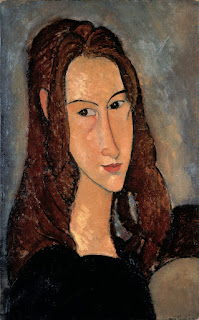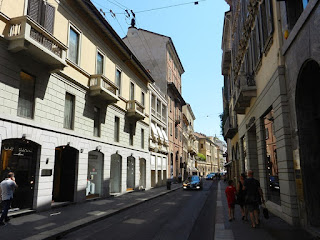Italy’s stylish ‘First Force’
 |
| Carabinieri officers still wear elaborate dress uniform |
He established an army of mounted and foot soldiers to provide a police force, to be called Royal Carabinieri (Carabinieri Reali). The soldiers were rigorously selected ‘for their distinguished good conduct and judiciousness.’
Their task was defined as ‘to contribute to the necessary happiness of the State, which cannot be separated from protection and defence of all good subjects.’
Their functions were specified in the royal licence issued at the time, which underlined the importance of the personal skills required by the soldiers selected. It also affirmed their dual military and civil roles.
The sense of duty and high level of conduct displayed by the Carabinieri went on to win the respect of the Italian people.
They were called Carabinieri to avoid any comparisons with the former Napoleonic gendarmerie, and because they were equipped with carbines as weapons.
Their dress uniform was designed to reflect the solemn image of the sovereign state, with a two cornered hat, known as the lucerna, and dark blue dress coat. Their uniform is still in use today, with only slight changes made to it over the last 200 years.
After Italian unification in 1861 under Victor Emmanuel II, the Carabinieri were named ‘First Force’ of the new kingdom.
 |
| Carabinieri patrols use vehicles of all shapes and sizes |
It was Carabinieri officers who arrested and imprisoned Mussolini on the orders of the King in 1943. Afterwards, the Germans ordered them to be disbanded and a large number of them joined the Italian resistance movement.
The Carabinieri have seen action in all battles involving Italian armies since 1815 and have fought against crime and terrorism at home, helping to promote respect for law and social order in Italy.
In recent years they have been dispatched on peace keeping missions in Kosovo, Afghanistan and Iraq and they have also helped during natural catastrophes in Italy, such as floods and earthquakes.
Travel tip:
The headquarters (Comando Generale) of the Carabinieri in Rome is in Piazza Bligny, just to the north of the Villa Borghese. There is access for the public from 08:00 to 16.30 Monday to Friday and from 08:30 to 13:00 on Saturdays.
 |
| The monument to the Carabinieri Corps in the grounds of the Royal Palace in Turin |
The Carabinieri Corps was formed in Turin in northern Italy after French soldiers had occupied the city at the end of the 18th century and then abandoned it to the Kingdom of Piedmont. Turin, which is in the region of Piedmont (Piemonte), was the capital of the Duchy of Savoy from 1563, then of the Kingdom of Sardinia ruled by the Royal House of Savoy, and finally became the first capital of the new unified Italy. There is a monument to the Carabinieri in the grounds of the Royal Palace.
(Photo of monument by IlPassagero CC BY-SA 3.0)
(Photo of Carabinieri smart car by Jollyroger CC BY-SA 2.5)
Home






